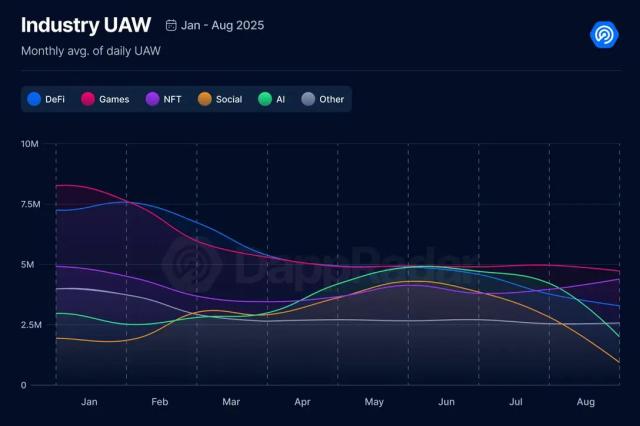Coinbase's artificial intelligence push is accelerating, with 40% of daily code written at the crypto exchange giant now AI-generated, according to the firm's CEO, Brian Armstrong.
"[Approximately] 40% of daily code written at Coinbase is AI-generated. I want to get it to over 50% by October," Armstrong posted to X late Wednesday. "Obviously it needs to be reviewed and understood, and not all areas of the business can use AI-generated code. But we should be using it responsibly as much as we possibly can."
Coinbase is rapidly adopting AI to make its engineers "AI-natives," according to its approach and risk framework toward the new technology, rolling out tools like Cursor, Copilot, and internal integrations to speed development across the software lifecycle, using AI as an accelerator.
Coinbase's AI adoption is measured through DevOps Research and Assessment metrics and AI-specific signals such as token usage and the share of AI-generated code, which is on track to surpass human-written code by year-end, the company noted.
While AI boosts productivity in areas like frontend, testing, and greenfield projects, it also raises bug risks, which are addressed through a repository sensitivity matrix developed with security and privacy teams, according to the firm.
Coinbase's approach aims to balance aggressive AI enablement with safeguards to maintain quality and customer safety.
Armstrong's AI mandate
In an interview with Stripe cofounder and president John Collison on the Cheeky Pint podcast last month, the 42-year-old Coinbase CEO said that after securing enterprise licenses for GitHub Copilot and Cursor, he made it a priority to ensure employees could use the AI coding assistants within a week.
"I mandated it," Armstrong said. "I was like, AI's important, we need you to all learn it at least on board. You don't have to use it every day yet until we do some training, but at least onboard by the end of the week. And if not, I'm hosting a meeting with everybody who hasn't done it, and I'd like to meet with you to understand why."
Armstrong recalled subsequently joining a call where some employees hadn't completed the task.
"Some of them had a good reason because they were just getting back from some trip or something, and some of them didn't and they got fired," he said.
While Armstrong acknowledged that the approach struck some as heavy-handed, he noted it provided the clarity the company needed to take the initiative seriously and lean into learning it.
"Even as CEO, by the way, I use it a lot," Armstrong said.








